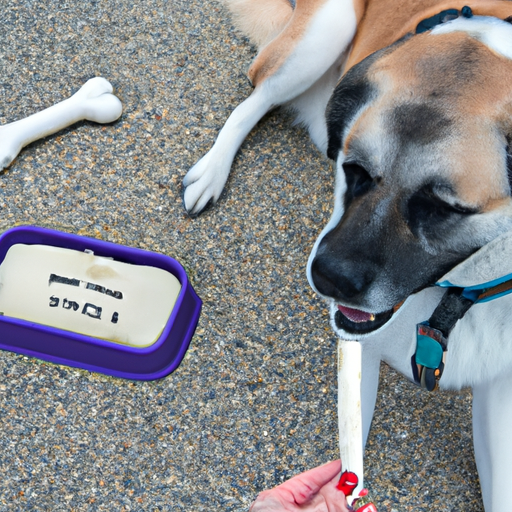As a compassionate caregiver, you possess a unique ability to connect with and help dogs. Your caring nature and deep sense of empathy can make a profound difference in the lives of our four-legged friends. This comprehensive guide will provide you with the knowledge and tools needed to effectively help dogs in various situations.
Understanding Dog Behavior
Learning to interpret a dog’s behavior is the first step towards helping them. Dogs use body language to communicate their feelings and needs. By understanding these signals, you can respond appropriately and provide the necessary support.
Common Dog Behaviors and What They Mean
-
Tail Wagging: Contrary to popular belief, a wagging tail doesn’t always mean a happy dog. The speed, direction, and position of the tail can indicate different emotions.
-
Barking: Dogs bark for numerous reasons. It could be due to excitement, fear, or a response to other dogs or people.
-
Yawning: In dogs, yawning could be a sign of stress or discomfort.
-
Licking: Dogs often lick to show affection. However, excessive licking could indicate a health problem.
These are just a few examples of dog behaviors. Observing and understanding these behaviors will allow you to better assist them.
Providing Adequate Care
The next step in helping dogs is providing adequate care which includes feeding, grooming, and medical care.
Feeding Your Dog
Feeding is not only about providing sustenance but also ensuring the dog’s overall health and wellbeing.
-
Provide a Balanced Diet: Dogs need a balanced diet that includes proteins, carbohydrates, fats, vitamins, and minerals.
-
Avoid Harmful Foods: Certain foods like chocolate, onions, and grapes are harmful to dogs. Always check before introducing a new food to your dog’s diet.
-
Maintain a Feeding Schedule: Consistency is key when it comes to feeding.
Grooming Your Dog
Regular grooming is essential to keep your dog clean and healthy. This includes brushing their hair, trimming their nails, and cleaning their ears and teeth.
Medical Care
Regular vet visits and vaccinations are a crucial part of dog care. Also, be aware of any changes in your dog’s behavior or physical appearance, as these could indicate potential health issues.
Training Your Dog
Training is a crucial aspect of helping dogs. It not only teaches them good behavior but also strengthens your bond with them.
Basic Commands
Ensure your dog comprehends basic commands like sit, stay, come, and leave it. This will aid in their safety and ease of interaction with others.
Positive Reinforcement
Positive reinforcement is an effective training method. Reward your dog with treats, praises, or petting when they follow a command correctly.
Socializing Your Dog
Socializing your dog is essential for their mental and emotional health. This involves introducing them to new people, environments, and other animals in a controlled, safe manner.
Tips for Socializing Your Dog
- Introduce new experiences gradually.
- Use positive reinforcement during social interactions.
- Allow your dog to interact with other dogs in controlled environments.
Advocating for Dogs
As a caregiver, you can play a significant role in advocating for dogs. This can involve volunteering at local shelters, fostering dogs, or promoting responsible dog ownership.
Ways to Advocate for Dogs
- Volunteer at local animal shelters or rescue groups.
- Foster dogs in need.
- Advocate for responsible dog ownership in your community.
Frequently Asked Questions (FAQs)
Q: How can I tell if my dog is sick?
A: Look for changes in behavior or physical appearance. If your dog is less active, not eating well, or has changes in bowel movements, it could indicate a health issue. Always consult with a vet if you notice any unusual signs.
Q: What should I know about dog vaccinations?
A: Vaccinations are crucial to protect your dog from various diseases. Your vet can provide a vaccination schedule based on your dog’s age, breed, and health condition.
Q: How can I make my dog feel safe and comfortable in a new environment?
A: Gradual exposure and positive reinforcement can help your dog adjust to a new environment. Bring their favorite toy or blanket to make them feel more at home.
Q: What is the best way to introduce my dog to other dogs?
A: Introduce them in a neutral environment and allow them to sniff each other at their own pace. Keep the leash loose but be ready to intervene if necessary.
By following these guidelines and using your innate caregiver abilities, you can make a significant difference in the lives of dogs. Whether it’s understanding their behavior, providing adequate care, training them, or advocating for their rights, every action you take contributes to their wellbeing and happiness.



